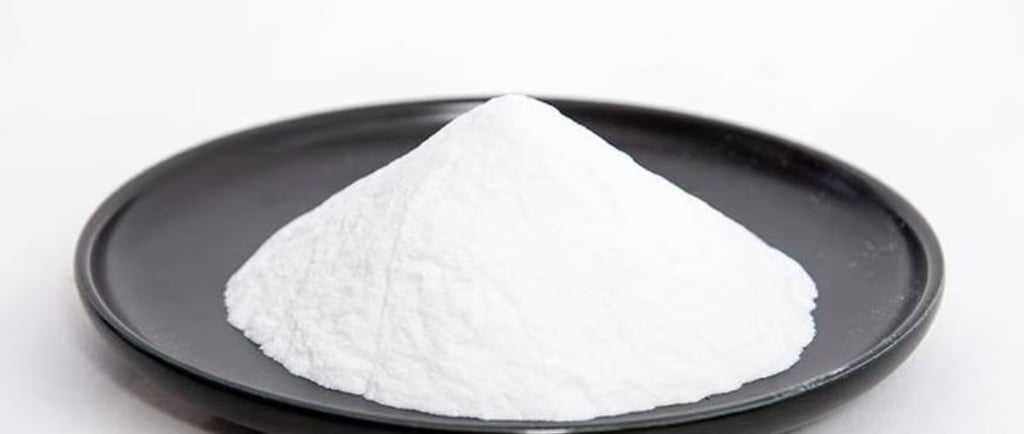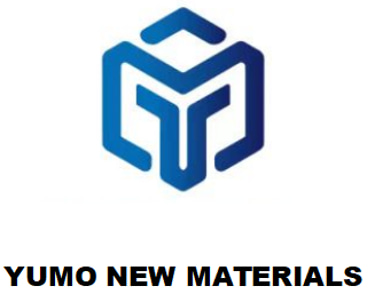HENAN YUMO: Engineered Precision, Uncompromised Performance
What is the Difference Between White Fused Alumina and Brown Fused Alumina?
Fused alumina is a cornerstone of modern materials engineering, essential in abrasives, refractories, ceramics, and surface treatment industries. Among the various types, White Fused Alumina (WFA) and Brown Fused Alumina (BFA) are the most widely used, each offering distinct advantages based on their composition, properties, and industrial applications.
8/4/20253 min read


What is the Difference Between White Fused Alumina and Brown Fused Alumina?
Fused alumina is a cornerstone of modern materials engineering, essential in abrasives, refractories, ceramics, and surface treatment industries. Among the various types, White Fused Alumina (WFA) and Brown Fused Alumina (BFA) are the most widely used, each offering distinct advantages based on their composition, properties, and industrial applications.
Introduction to Fused Alumina
Fused alumina refers to aluminum oxide that has been melted in an electric arc furnace at high temperatures and then cooled to form hard, crystalline materials. This process yields a material of exceptional hardness and thermal stability, ideal for use in high-performance abrasive tools, ceramic products, and refractory linings.
White and brown fused alumina share the same base component, Al2O3, but differ significantly in purity, toughness, and suitability for specific applications. Understanding these differences is critical for manufacturers, engineers, and procurement professionals selecting materials for industrial processes.
White Fused Alumina (WFA) Overview
White Fused Alumina is produced by fusing pure calcined alumina in an electric arc furnace at temperatures exceeding 2000°C. The result is a high-purity, white-colored material consisting of over 99.5% aluminum oxide (Al2O3). This purity level ensures minimal contamination, making WFA suitable for applications requiring precision and cleanliness.
Key Properties of WFA
High Purity: Al2O3 content ≥ 99.5%, with very low levels of iron oxide (Fe2O3) and sodium oxide (Na2O).
Extreme Hardness: Mohs hardness rating of 9, second only to diamond.
Brittle and Sharp Grains: Ideal for fine grinding and polishing applications.
High Refractoriness: Melting point over 2050°C, excellent thermal stability.
Low Magnetic Content: Suitable for sensitive polishing tasks and electronic components.
Applications of WFA
Semiconductor wafer polishing
Optical lens finishing
Ceramic and precision components
High-grade refractory bricks and castables
Dental and medical abrasives
Brown Fused Alumina (BFA) Overview
Brown Fused Alumina is manufactured by fusing bauxite (an aluminum-rich ore) in an electric arc furnace. Due to the presence of iron oxide, titanium oxide, and other impurities, BFA has a lower purity (typically around 95% Al2O3) and a brown to reddish-brown color.
Key Properties of BFA
Moderate Purity: Al2O3 content around 95%, with higher levels of Fe2O3 and TiO2.
High Toughness: More impact-resistant than WFA, less brittle.
Durable Grains: Suited for heavy-duty grinding and blasting.
Lower Cost: Economical for large-volume applications.
Applications of BFA
Grinding wheels and cutting discs
Sandblasting media
Anti-slip flooring and wear-resistant surfaces
Furnace linings and insulating bricks
Metal surface preparation
Chemical and Physical Differences
The primary difference between WFA and BFA lies in their chemical composition. WFA's high alumina content makes it chemically inert and ideal for applications where contamination must be minimized. In contrast, the presence of iron and titanium in BFA can lead to discoloration or undesired reactions in sensitive environments.
Physically, WFA's grains are more friable and angular, which contributes to a sharper cutting action in fine polishing. BFA, being tougher, retains its shape longer during heavy-duty grinding but may not deliver the same surface finish as WFA in precision tasks.
Performance in Industrial Applications
When choosing between WFA and BFA, the decision often hinges on the specific performance requirements of the application:
For Precision Polishing: WFA provides cleaner, sharper results with minimal contamination risk.
For Bulk Abrasive Operations: BFA offers durability and cost-effectiveness.
For High-Temperature Refractory Use: WFA's purity ensures stability, while BFA's toughness supports structural integrity.
Economic Considerations
WFA is typically more expensive due to its higher processing costs and purity. BFA, while less refined, offers a good balance between cost and performance for many industrial tasks. For applications where material purity and performance are critical, the investment in WFA often proves worthwhile.
Environmental and Quality Control Aspects
White fused alumina production involves greater energy consumption due to the higher purity requirements, but it results in a cleaner product with fewer emissions in end-use applications. Both materials require rigorous quality control, including COA (Certificate of Analysis) documentation and compliance with FEPA or JIS standards.
Conclusion
While both White and Brown Fused Alumina are integral to modern manufacturing, they serve different roles. WFA excels in purity, sharpness, and thermal stability, making it the go-to choice for precision and high-tech applications. BFA, on the other hand, offers toughness and cost efficiency for more general-purpose use.
Choosing the right fused alumina depends on the application, required finish quality, environmental constraints, and budget. Understanding these distinctions ensures better performance, longer tool life, and improved product quality across industries.
For technical specifications, product samples, or custom quotes, you can reach us at: Henan Yumo New Materials
🌐 www.yumoabrasive.com
📩 sales1@yumoabrasive.com
